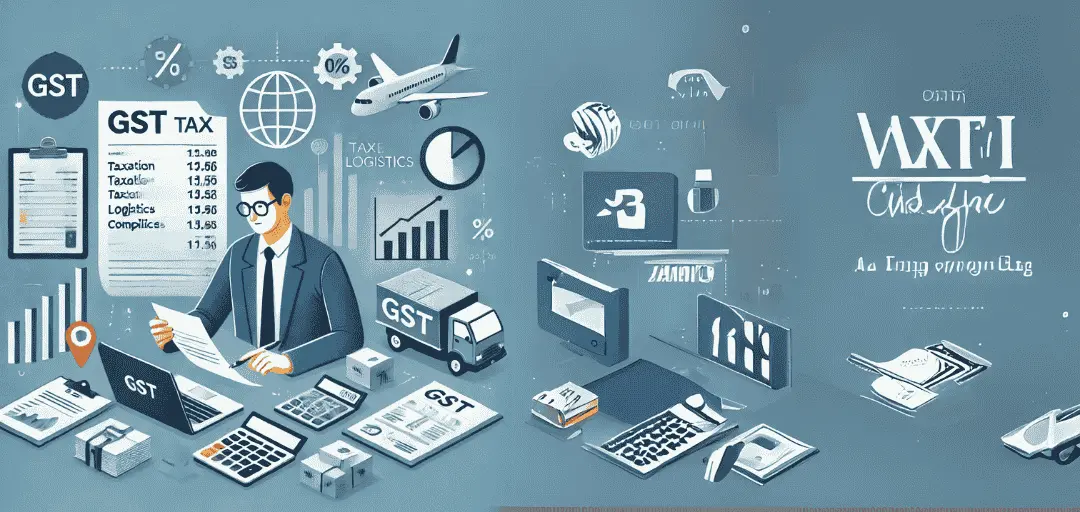How GST Impacts Small and Medium Enterprises (SMEs)
The GST impact on SMEs has significantly transformed the taxation system for businesses across India. Among the most affected are Small and Medium Enterprises (SMEs), which form the backbone of the economy. Understanding the GST impact on SMEs is crucial for business owners and stakeholders to navigate the regulatory environment efficiently.
What is GST?
GST impact on SMEs has simplified the tax system introduced in India on July 1, 2017, replacing multiple indirect taxes like VAT, service tax, and excise duty. It simplifies tax compliance by consolidating various levies into a single system. However, while it streamlines taxation, it also presents challenges, particularly for SMEs that may not have the resources to adapt quickly.
Positive GST Impact on SMEs
1. Simplified Taxation System
Before GST, SMEs had to comply with multiple tax regulations at the state and central levels. The GST impact on SMEs has simplified this by introducing a single tax regime, reducing the complexities of compliance and tax filing.
2. Reduced Logistics Costs
Previously, businesses faced high logistics costs due to different state-level taxes and checkpoints. The GST impact on SMEs has eliminated inter-state tax barriers, reducing transportation costs and enhancing efficiency in supply chain management.
3. Increased Threshold for Taxation
Under the previous tax system, businesses with a turnover of over INR 5 lakh had to register for VAT in many states. With GST, the exemption limit has been increased to INR 20 lakh (INR 10 lakh for special category states), reducing the tax burden on small businesses. This change highlights the GST impact on SMEs as a relief for many small businesses.
4. Input Tax Credit Benefits
One of the most significant GST impacts on SMEs is the availability of input tax credit (ITC). This allows businesses to claim credit for taxes paid on purchases, thereby reducing overall tax liability.
5. Improved Ease of Doing Business
The GST impact on SMEs has facilitated a more transparent and efficient business environment, encouraging SMEs to scale up and compete with larger enterprises without the burden of multiple taxes.
Challenges of GST for SMEs
1. Compliance Burden
Despite its benefits, GST impact on SMEs includes compliance requirements that demand businesses to file multiple returns monthly and maintain digital records, which can be challenging for SMEs with limited financial and technological resources.
2. Higher Operational Costs
Adapting to GST requires investment in accounting software, tax consultants, and training. Many SMEs struggle to bear these additional costs, impacting their profitability. The GST impact on SMEs in this regard can be financially challenging.
3. Delayed Refunds
Many SMEs face cash flow issues due to delays in GST refunds, particularly exporters. This affects their working capital and operational efficiency. The GST impact on SMEs in this aspect has caused financial strain for many businesses.
4. Complexity of Multiple Tax Slabs
GST has different tax slabs (5%, 12%, 18%, and 28%), and understanding which category a business falls under can be confusing for small enterprises. The GST impact on SMEs varies based on their industry and tax category.
5. Impact on Unregistered Businesses
Unregistered SMEs may struggle to compete with GST-registered businesses, as customers prefer vendors who can provide GST invoices to claim input tax credits. The GST impact on SMEs has pressured many unregistered businesses to register, even if they fall under the exemption limit.
Strategies for SMEs to Adapt to GST
1. Invest in Digital Solutions
SMEs should adopt GST-compliant accounting software to streamline tax filing and compliance. The GST impact on SMEs is significantly reduced when digital tools are utilized.
2. Leverage GST Composition Scheme
Small businesses with a turnover of up to INR 1.5 crore can opt for the Composition Scheme, which allows them to pay tax at a lower rate and reduces compliance burdens. This scheme eases the GST impact on SMEs struggling with compliance.
3. Seek Professional Assistance
Hiring tax consultants or financial advisors can help SMEs navigate GST regulations effectively and mitigate the GST impact on SMEs related to compliance.
4. Regular GST Compliance Checks
Maintaining proper records and filing GST returns on time can prevent penalties and legal issues. The GST impact on SMEs can be minimized by staying proactive with compliance.
5. Educate Employees and Suppliers
Training staff and suppliers about GST compliance ensures smooth business operations and minimizes errors in tax filings. Educating stakeholders reduces the negative GST impact on SMEs.
Conclusion
The GST impact on SMEs is a mix of opportunities and challenges. While it has simplified taxation and improved transparency, it has also introduced compliance burdens and increased operational costs. However, with the right strategies and adaptation measures, SMEs can leverage GST to enhance their growth and competitiveness in the market.
For SMEs, understanding GST impact on SMEs, adopting digital solutions, and seeking professional guidance are key steps to thriving in this new tax environment. As the tax system continues to evolve, staying informed and proactive will be crucial for long-term business success.
Our GST Services

All E-commerce Tax services
E-commerce tax services help online sellers navigate GST registration, compliance, return filing, TCS management, tax planning, and audits, ensuring efficient tax management and legal compliance.

GST Filing
GST filing is the process of submitting tax returns to the government, detailing sales, purchases, and taxes paid or collected, ensuring compliance with GST laws.

GST Registration
GST registration is the process where businesses obtain a GSTIN from the government, allowing them to collect taxes, claim input tax credits, and comply with GST laws.





